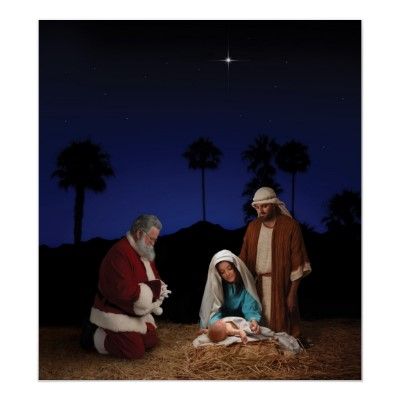It is Christmas morning. I indulge the yearly ritual of playing five Christmas CD’s on spiral, which means sometimes the same song by the same artist coming up twice in succession. Hearing the well loved songs of my childhood mixed in with some newer ones such as Mariah Carey’s All I Want for Christmas is You (which incidentally is 30 years old this year!), takes me back to childhood Christmases. I grew up in the tropics and yet dreamed of a White Christmas. We had a Christmas tree – branches of fir trees growing in the hill country were shipped to Colombo so that Christians could enjoy a Christmas tree in the European tradition. Ours was ordered weeks in advance from Premachandra Florists and I remember catching the bus with my mother to pick up our tree, which was then tied to the top of a taxi and brought home.
My fondest memories of this season are of polishing the red cement floors, watching the painters refresh the walls in our rented home, applying varnish to the windows and decorating the Christmas tree on Christmas Eve. We were also allowed to indulge in a small amount of milk wine (another Sri Lankan tradition, made in many homes) and a piece of Christmas cake. Most years we would be allowed to have half a cup of Nescafe coffee, a huge treat. The coffee was included in Christmas packages sent by by relatives in England and Australia to our grandmother.
The man in the red suit made his visits to Sri Lanka as well, resplendent in the usual garb and no doubt sweating profusely inside! We never had Santa Claus visit our home because we were too poor (thinking back, we never questioned the anomalies and injustices inherent in the idea of Santa visiting only people of means) but every Christmas night we had dinner at our grandmother’s home where a towering Christmas tree overlooked the festivities as family and friends gathered for a lavish Christmas dinner. The highlight was my great-uncle dressed as Santa. The train station was a short distance away and we were told that someone, usually an uncle, had to go and get Santa when he got off the train. Santa was a jolly old guy. One year after Santa had been and gone, one of the smarter older children pointed to the checked shirt my great uncle was wearing and said she had seen the same shirt peaking out of Santa’s sleeve. Even when I no longer believed in him I was still very afraid of Santa. After dinner the ‘oldies’ would gather around a piano that had been brought in for the occasion, and as a family friend played Christmas favourites and other old melodies, voices rose up with joy. I loved this ritual.
Despite Sri Lanka being a predominantly Buddhist country, the English language radio played almost non-stop Christmas music from December 1. Some favourites were: Silver Bells, Blue Christmas, Santa Clause is Coming to Town, The Hat I got for Christmas, Oh Holy Night, Silent Night, Mary’s Boy Child and many more. These songs and hymns evoke many memories and the older I get, these memories contain more and more people who are physically no longer around. While sweltering in the tropics we were immersed in thoughts of Western traditions: of snow, sleighbells, a bearded man in heavy winter clothing, cold winter nights, frost and warm cider. I guess the British, who are blamed for many things, can be blamed for this as well, as we were colonised by them and still follow many of the traditions they brought. And then I moved to Australia and summertime Christmases, with warm days, barbecues and yes, that man sweltering in the red suit!
Amidst the socialising and overindulgence in food and drink, I think of Jesus, who we are often reminded is ‘the reason for the season’. Jesus was a Middle Eastern man. He must have been brown skinned. His ministry was conducted in an arid landscape. And regarding the Christmas story, while most historians agree he did exist, there is no evidence that Mary and Joseph travelled to Bethlehem for a Census, nor that Jesus was born in a manager and attended by wise men. His date of birth is unknown.
Yet traditions have a way of evolving over time and as Christianity spread worldwide, it was inevitable that the westerners appropriated Jesus, and Christmas became a beloved tradition. Enter sleighbells, white Christmas, Christmas trees, Santa Claus and songs featuring some or all of these. While for the vast majority Christmas is about presents and, for children, Santa Claus, it is still a holy time for Christians. In countries with predominantly Catholic populations such as The Philippines and Mexico, Christmas is first and foremost a religious festival and most activities focus on church and family.
As I ponder on the true meaning of Christmas, with presents, tinsel and noise stripped away, I remember that the message of love was what Jesus was about. It was after his time on earth that selfless giving, taking care of the poor, helping others in need, became an acceped part of most cultures. The only commandment he gave was “Love your neighbour as yourself”. Commemorating the birth of Jesus is, for many, a time for tuning out of the madness and chaos of this world and tuning into a message of hope and love. The birth of Jesus represents a new birth in us and the season turns our focus to peace on earth and goodwill to all men.

